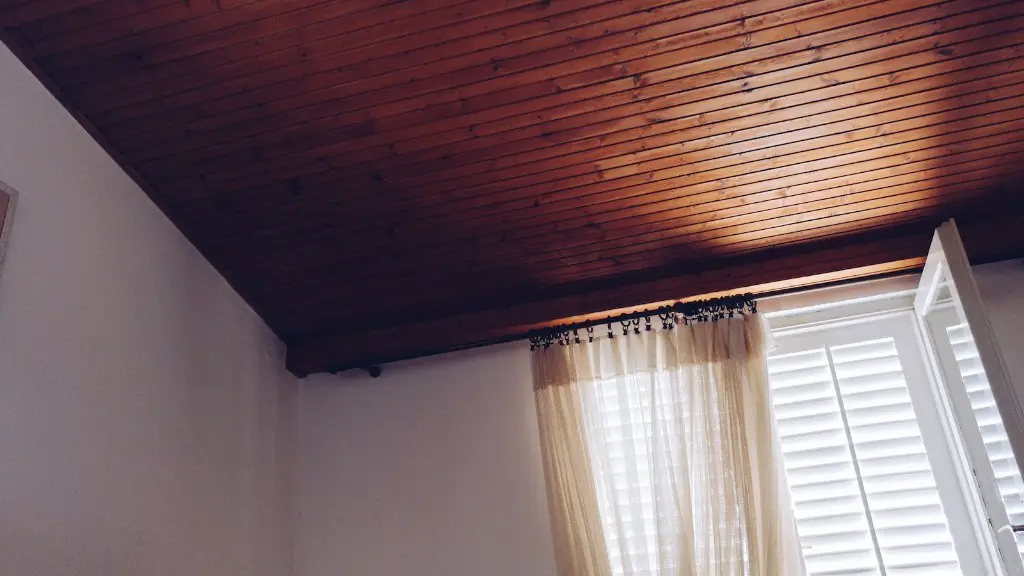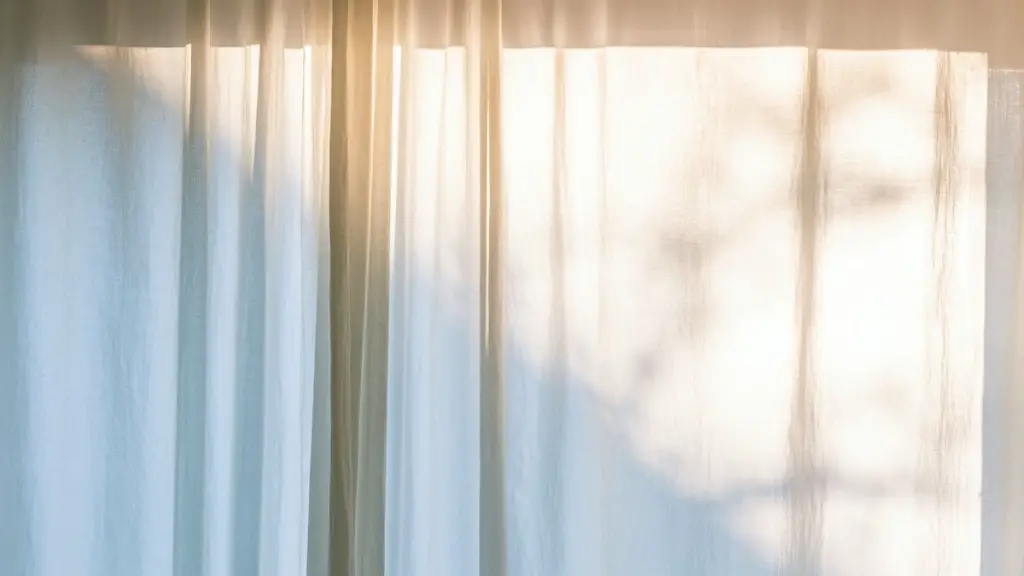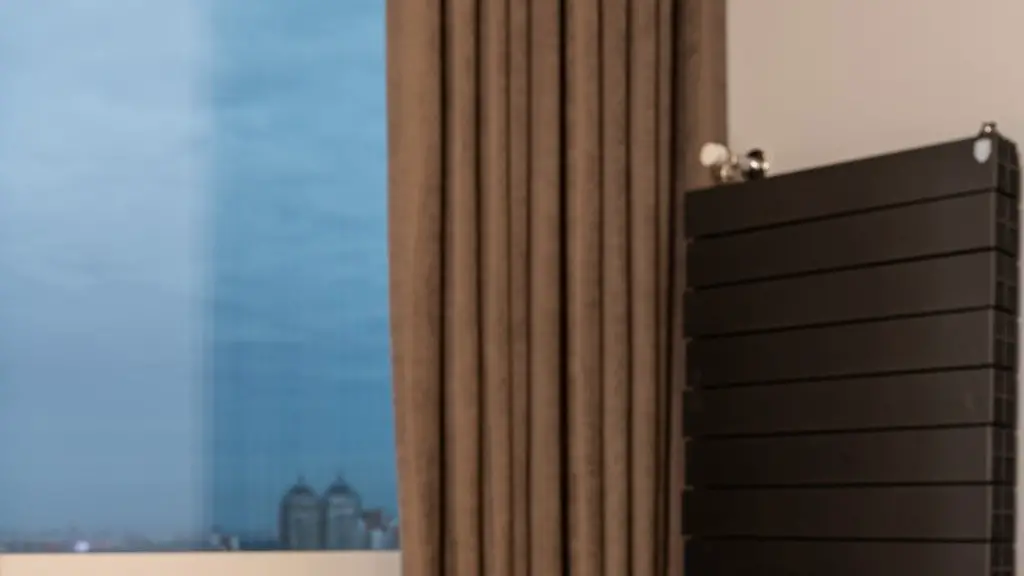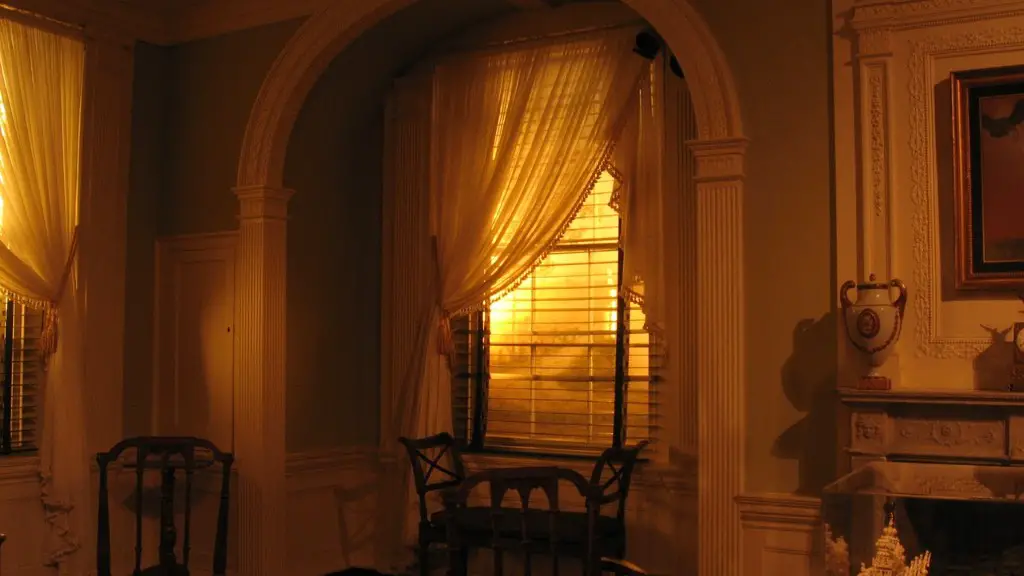Satin curtains are a popular choice for many homeowners because of their luxurious look and feel. However, one downside to satin curtains is that they can be difficult to keep clean and free of stains. Fortunately, you can easily dye satin curtains at home to refresh their appearance and help them last longer.
Yes, you can dye satin curtains.
Does Rit dye work on satin?
Rit Dye can be used to dye cotton canvas shoes and satin shoes that are covered with silk. You will need to use a different dye for each type of fabric.
If you’re set on trying to dye your synthetic satin dress or fabric, be aware that you’ll need to use a special dye called a disperse dye. This type of dye must be applied at extremely high temperatures, so it’s more difficult and dangerous to use than dyeing natural fibers. You may want to reconsider your decision to dye synthetic satin and simply buy a new dress or fabric instead.
Can you dye silk curtains
Most dyes can be used to color cotton, linen, wool, silk, and ramie. Some synthetic fibers, like rayon and nylon, can also be dyed. It is important to test the dye on a small swatch of the fabric before starting, to make sure that it will take to the fabric and produce the desired color.
If you’re looking to dye your heavy drapes at home, it’s important to check the tag to see what fabric they’re made of. Natural fabrics, like cotton, linen, hemp and bamboo, are usually the easiest to color. Once you know the fabric, you can purchase the proper kit and a good size basin or tub. With the right supplies, dying your drapes at home can be a easy and fun project.
What is the best dye for satin?
Polyester and acetate satin fabrics are ideal for dying with disperse dyes. These dyes will produce rich, vibrant colors that will last long. You can find these dyes at most fabric stores or craft retailers.
When dyeing fabrics, adding salt will enhance the color of cotton, rayon, ramie or linen fabrics. Adding vinegar will enhance the color of nylon, silk or wool fabrics.
What fabric is hardest to dye?
Wool is the best fabric for consistent and intense colors with all dyes. Nylon, cotton, and acetate are also easy to dye. Polyester is the most difficult fabric to dye.
Synthetic fabrics are made from man-made fibres, as opposed to natural fibres like cotton or wool. They’re usually cheaper and more durable than natural fabrics, but they can’t be dyed with DYLON. So if you’re looking for a brightly coloured garment, stick to natural fabrics.
What material can you not dye
It’s best to avoid dyeing 100% polyester and 100% acrylic fabrics, as well as waterproofed, scotch-guarded, or any other fabrics with special finishes. Delicate dry-clean fabrics (that don’t like hot water) are also best avoided. Finally, any items with permanent stains or bleach stains should not be dyed.
Rit All-Purpose Dye can be used to dye both natural and synthetic fabrics. However, it is important to note that the dye will only work on washable fabrics. This means that you cannot use Rit All-Purpose Dye on fabrics that are not meant to be washed, such as leather or suede.
What is the best dye for silk fabric?
Acid dyes are the best type of dye to use fortub dyeing silk, as they produce an even, solid color. However, Lanaset or Super wash dyes are more washfast, but can be more difficult to get an even color with. Dharma Fiber Reactive Procion dyes can be made into an “acid” dye by simmering it with vinegar, which is suitable for both silk and wool. However, colors can shift when using this method.
If a fabric is labeled “Cold Water Wash” or “Dry Clean Only,” there could be damage to the fabric if it is dyed in hot water. “Dry Clean Only” fabrics are often used in garments with interfacing and linings. These fabrics could shrink and cause puckering and unsatisfactory results.
Does Rit dye work on curtains
If your curtains are made of 100% cotton, then you should use Rit dye, which is specifically made for natural materials. If your curtains are made of synthetic materials, then you should use a different dye that is specifically made for synthetic materials. Be sure to check the fabric of your curtains before you begin your project to determine which type of dye is best.
RIT DICOM is a great resource for finding color formulas. I needed three bottles of ink to mix my own custom color, and the RIT DICOM website provided me with the perfect formula.
How can I change the color of my curtains?
It’s important to wash and dry your drapery fabric before painting it, to remove any dirt or oils that could interfere with the paint adhering properly. Use a 6-inch roller to apply latex paint to the fabric, working in small sections and moving quickly to avoid drips. Allow the paint to dry completely before hanging the drapes back up.
Satin can be difficult to sew and work with because of its shiny, slippery texture. Satin can also snag, this because of the way the threads interlace, creating those longer runs in one direction.
Warp Up
Yes, you can dye satin curtains. You will need to use a fabric dye that is made for use on satin, and you will need to follow the instructions on the dye package carefully. It is important to note that you may need to dye the curtains more than once to get the desired color.
It is likely that you can dye satin curtains, but it is best to consult a professional to be sure. The curtains may need to be pre-treated before dying, and you will need to be very careful in choosing the right dye so that it does not ruin the fabric.





